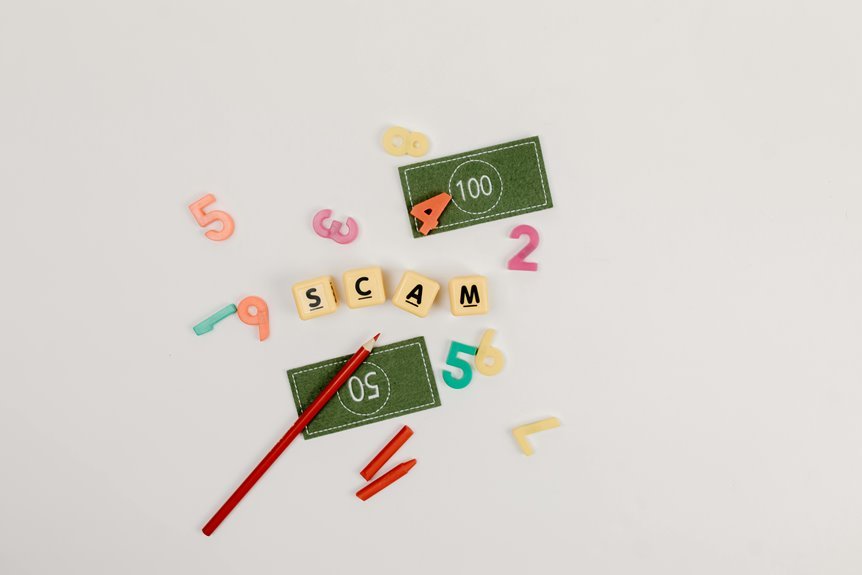Fraud Hotline Caller Risk Alert Center 3509061491 3270144780 3519678115 3249016659 3512130231 3886381147

The Fraud Hotline Caller Risk Alert Center plays a vital role in managing reports of suspicious activities. It utilizes specific identification numbers, such as 3509061491 and 3270144780, to enhance the verification of callers’ identities. This structured approach not only aids in ensuring the authenticity of reports but also reinforces a secure environment for whistleblowers. However, understanding the implications of these identifiers and the broader context of fraud reporting remains crucial for both organizations and individuals alike.
Understanding the Fraud Hotline Caller Risk Alert Center
While organizations increasingly recognize the importance of reporting mechanisms for fraud, the Fraud Hotline Caller Risk Alert Center serves as a critical tool in this landscape.
This center enhances fraud prevention by ensuring thorough caller verification processes. By validating the identity and intent of callers, it fosters a secure environment where individuals can report suspicious activities with confidence, ultimately strengthening organizational integrity and accountability.
Key Identifiers and Their Significance
Key identifiers play a pivotal role in the functionality of the Fraud Hotline Caller Risk Alert Center, serving as essential markers for evaluating the credibility of incoming reports.
These risk indicators assist in caller verification, enabling analysts to discern legitimate concerns from potential scams.
How to Respond to Suspicious Calls
Responding to suspicious calls requires a systematic approach to ensure safety and mitigate potential risks.
Individuals should implement caller verification strategies, such as asking for specific information or confirming the caller’s identity through official channels.
Documenting the call details and reporting to authorities enhances the suspicious call response.
This proactive stance empowers individuals, safeguarding their autonomy while navigating potential threats effectively.
Best Practices for Protecting Your Information
Although individuals often believe their information is secure, implementing best practices for protecting personal data is essential in an increasingly digital world.
Adopting robust passwords, enabling two-factor authentication, and regularly updating software enhance information security. Additionally, being cautious of unsolicited communications preserves personal privacy.
Consistently educating oneself about emerging threats fosters a proactive approach, empowering individuals to safeguard their sensitive information effectively.
Conclusion
In conclusion, the Fraud Hotline Caller Risk Alert Center stands as a vigilant guardian against deceit, ensuring that individuals can report suspicious activities without fear. By utilizing specific identification numbers, the center fortifies its credibility and enhances the security of whistleblowers. As communities strive for integrity, it becomes imperative for individuals to remain alert and informed, transforming the act of reporting fraud into a collective shield against wrongdoing. Together, they can illuminate the shadows where fraud attempts to hide.




